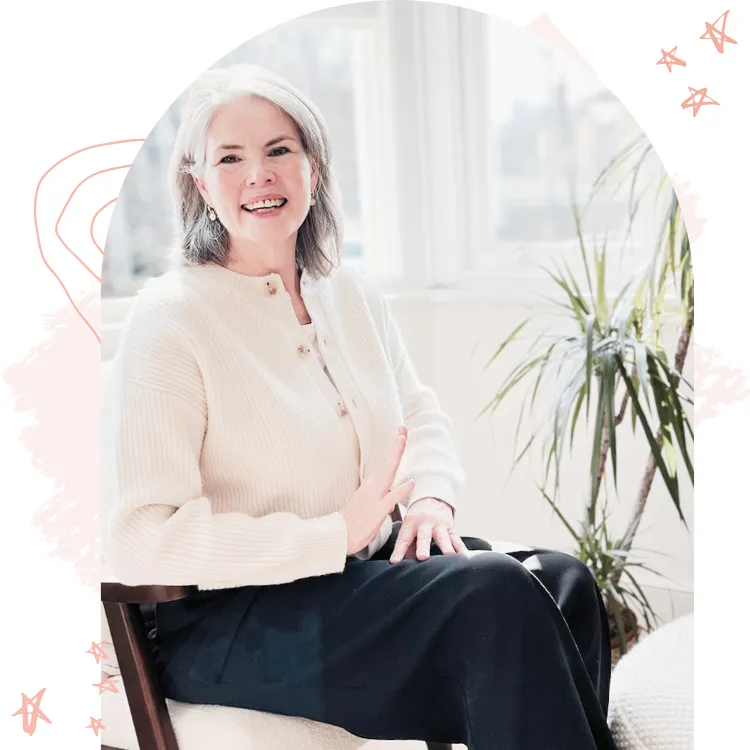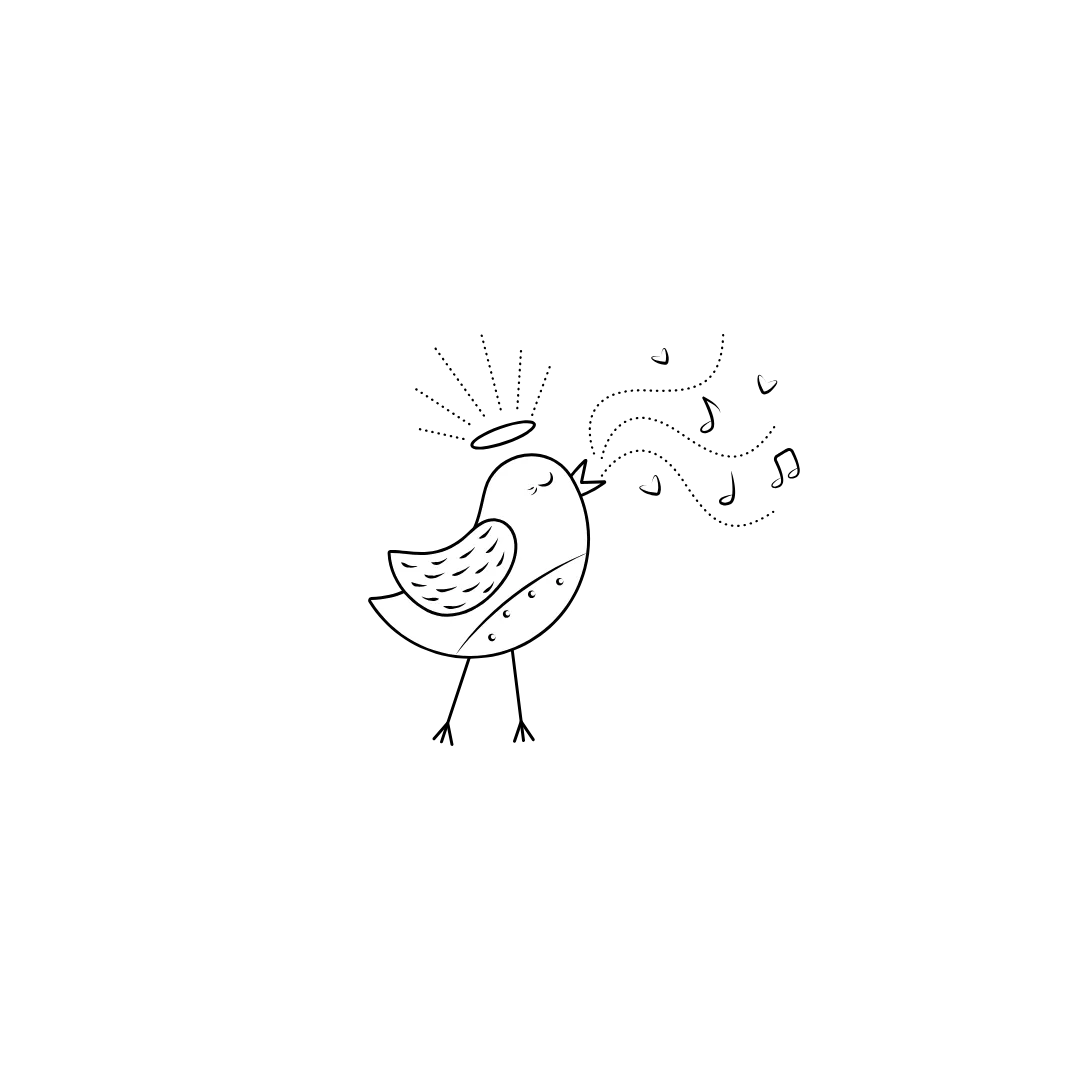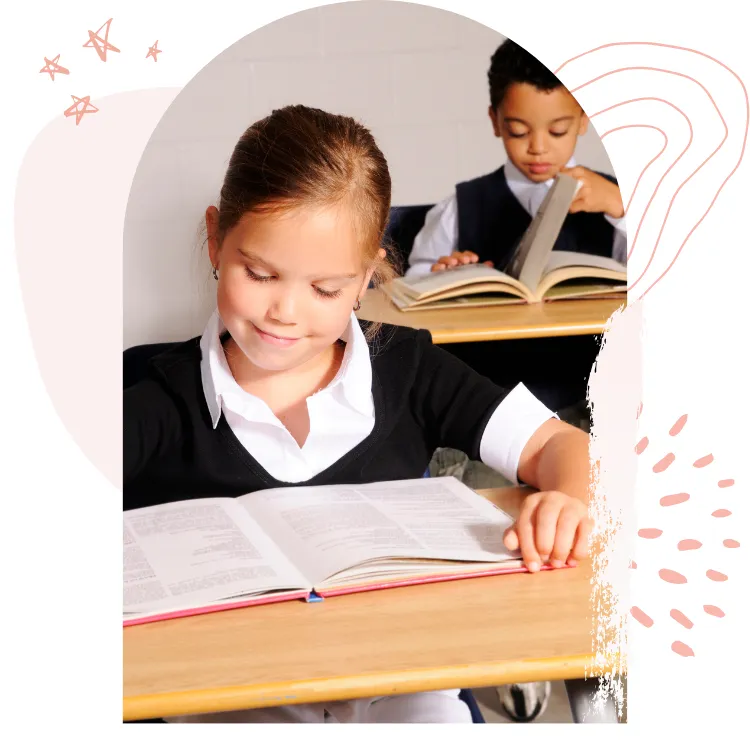Meet Dr Marion Long, creator of rhythm-based reading support
ABOUT
"I know what it's like to feel left behind in learning. As a child, reading felt pointless - until music and rhythm unlocked something no phonics lesson ever could. That turning point led me here, helping teachers bring rhythm-based learning to pupils who feel stuck, anxious, or left behind."
Dr. Marion Long on how rhythm helped her overcome learning challenges
HELLO AND WELCOME!
From struggle to solution
I've developed a new way to help children learn to read, which uses rhythm, music and reading (notation) to break down the invisible barriers to learning, and improve fluency.
Many children, even the brightest, fall behind in reading not because they’re lazy, but because their nervous systems are out of sync. I know this firsthand.
After realising that rhythm calmed my own mind, and transformed my reading and focus, I passed the 11-plus, studied cello at the Royal Academy of Music, and later earned a PhD exploring how rhythm helps children’s brains find flow.
Today, I offer teacher training to bring this research to early reading support so that same shift can help children learn to read — without endless repetition or frustration.
Read more about the science of rhythm and reading.


How rhythm transformed my reading, and shaped my career
At age 11, I vowed that the 'future me' would help children learn to read, particularly struggling readers who had 'fallen behind', but as I followed a musical path, I forgot all about this promise.
By the age of 18, I had played in the White House, Alice Tully Hall, and Washington Cathedral on an orchestral tour, and a few weeks later, started studying cello full-time at the Royal Academy of Music, London. Although the US tour had been amazing, I did not see myself in an orchestra and started a career teaching cello, and playing chamber music.
Teaching became my passion and I was accepted as a PhD student at the Institute of Education (IOE) UCL's Faculty of Education and Society, researching the effects of rhythm on children's reading behaviour. At one point, I juggled seven jobs! I was a SENCO in a private school, a researcher on National Pilots for the IoE, teaching at Faculty of Education, University of Cambridge, and also had my musical work.
In 2012 I created the Rhythm for Reading Programme. It was only when I'd worked with many schools, teachers and children that I remembered with astonishment my promise to myself, to help all the other children, who had 'fallen behind'. To my surprise, I had researched and built a system, which exactly mirrored the transformation that had helped me all those years ago.
Learn about the Rhythm for Reading programme
Testimonials from Teachers and Schools...
We’ve been working together for about ten years with Marion and the biggest thing that we notice with the children, is their change in confidence, seeing themselves as readers after just six weeks of doing the programme.
Headteacher, London
The children do really look forward to the sessions because they don’t necessarily see it as reading. They see it as something fun that they do and they don’t really realize the impact that it’s having on their reading.
KS2 Teacher, London
They feel that they are attaining and achieving within those sessions; they are not being left behind (like they can feel in some reading sessions within class). They are very much readers and they see themselves as readers.
Phase leader, London
Personal Facts About Me (slightly unexpected)

I begin the day with a black coffee in my grandmother's
favourite teacup and eat dark chocolate!

I relish my volunteer role as a call taker on a National Helpline -it's the highlight of my week!

When traveling, I love to visit museums, and gaze at Venus figurines and cuneiform tablets!

In the early morning, I go outside to hear the birdsong. There's nothing more beautiful!

I wrote and played the cello theme in the Emmy winning movie soundtrack: 'The Reason I Jump'.

I believe books are the greatest gifts for children - but they say, 'Thank you' after reading them!
curious? Let's speak soon.

Why some children
struggle to learn to read...
To understand the relationship
between rhythm and reading,
download this FREE guide to
Rhythm & awareness of phonemes.
Get your FREE guide to rhythm & phonemic awareness.
© Copyright 2025 Rhythm for Reading Services Limited. All rights reserved - Privacy Policy - Terms & Conditions